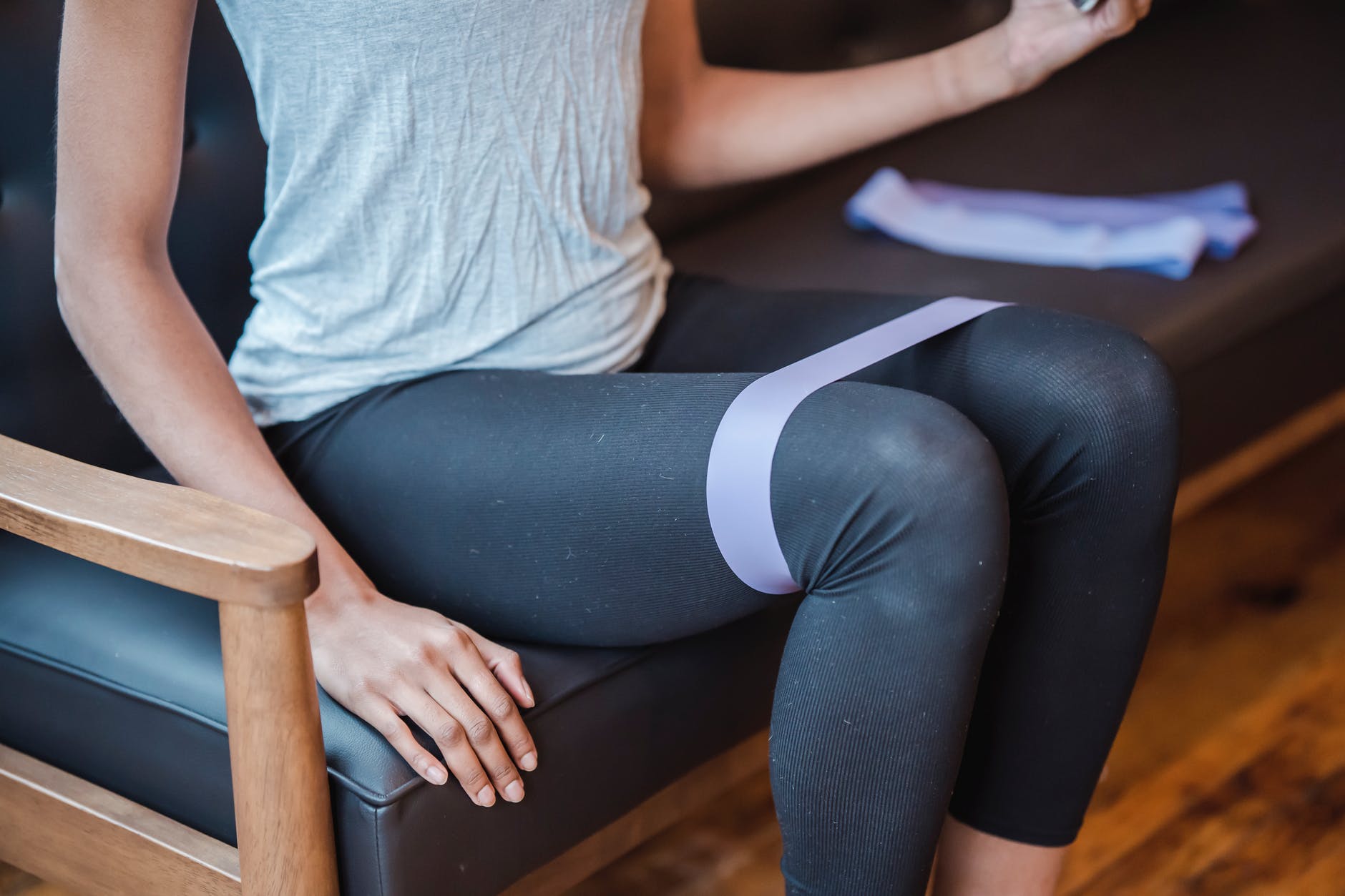Elastic bands or resistance bands are tremendously useful material for training at home or outdoors. They are a much lighter and more comfortable alternative to working with traditional dumbbells, yet they offer even more possibilities than these. Their main points in favor are how cheap they are compared to heavier training material, as well as the little space required to train with them: if you have enough space to put a mat on the floor, it is more than enough to train with them.
The infinity of exercises they allow is another of its great advantages since with imagination and the supervision of an expert you can work practically the whole of your body and with adjustable degrees of intensity, which will depend on the resistance of the band.
However, the market offers a wide variety of brands and models of elastic bands, and choosing which one to buy can seem a bit complicated, especially if it is the first time you buy these types of products. Let’s see what are the main characteristics that you should take into account when it comes to getting this type of equipment:
1. Voltage or resistance
This feature is very important if you want to train with elastic bands and for the exercise to be effective. These accessories offer different levels of resistance to extension and allow us to work with different intensities and levels of effort in the same way as the different weights of the dumbbells.
The most common is that the bands are sold in packs that include several of them, of different tensions that can be distinguished by their colors (green, red and yellow, generally). Although you have already worked with resistance bands before, do not trust the tension levels that correspond to their colors: this is not standardized and each brand applies its own individually.
If you are a beginner, the lower resistance bands will do you a good service to start with, and you can use the higher effort bands as you gain strength and fitness. Newbies, however, would do well to purchase a set that includes higher tension bands. Some of them offer resistance above 20 kg.
2. Material
There are different materials available. The most durable and resistant are made of latex, although you can also find them made of plastic or other materials. In this regard, and if you intend to use them continuously and several times a week, we always recommend not automatically buying the cheapest ones. Even mid-range bands are still pretty cheap, and it’s worth getting a product that’s not going to last us two sessions.
3. Grips
It’s a cool feature if you want to learn different ways to train with rubber bands every day. The simplest models are simple bands that you will place on your hands or feet to train. However, some packs of elastic bands include grips or supports of different types that make the performance of some exercises more comfortable and safe. A complete pack with different grips will facilitate training and allow you to focus on what matters, as well as being able to avoid potential accidents with an elastic that escapes and can hit you.
4. Accessories
Some of these packs also include other types of accessories, such as sports bags in which to store and transport the material, or exercise guides. The latter, in fact, can be especially useful, since few people are used to working with this type of material, and it is better to have a guide from which to get ideas and advice.
However, do not completely trust the guide, and at least the first few times train under the supervision of a professional instructor or fitness expert. Free exercises like these are very beneficial for the body due to the large number of muscles involved in their execution, but precisely for that reason, it is also easy to do them wrong without realizing it.

